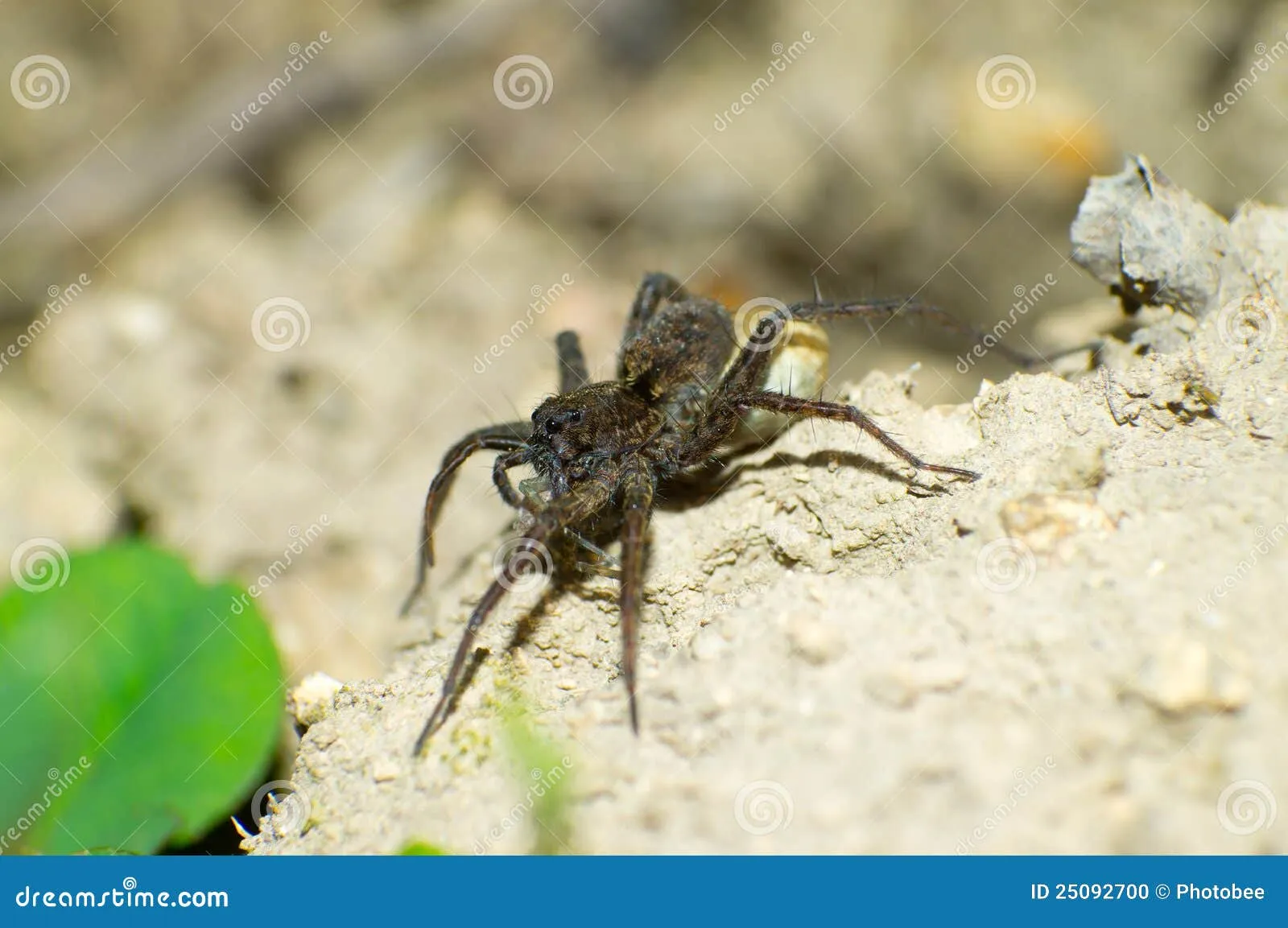What Tarantulas Eat Overview
Tarantulas, fascinating creatures of the arachnid world, have specific dietary needs that are crucial for their health and longevity. Understanding what these spiders eat is the first step in providing proper care. Tarantulas are primarily insectivores, meaning their diet mainly consists of insects. However, the specific types of insects, and even occasional small vertebrates, can vary depending on the tarantula species, its size, and the availability of food. This guide will explore the top five favorite foods for tarantulas, ensuring your pet thrives in a captive environment. A well-balanced diet not only keeps them alive, but also supports growth, molting, and overall well-being. Therefore, providing the right nutrients is essential for a happy and healthy tarantula.
The Importance of a Balanced Diet
Just like any other pet, tarantulas require a balanced diet to stay healthy. This means providing a variety of food sources to ensure they receive all the necessary nutrients. A diet consisting solely of one type of insect can lead to nutritional deficiencies. Therefore, it is essential to vary their meals. The best way to ensure your tarantula gets all the vitamins and minerals it needs is by offering a rotation of different insects. Considering the tarantula’s growth stage and species-specific requirements is also crucial. Providing a diverse diet promotes proper growth, strengthens the immune system, and can even enhance the vibrant colors of certain tarantula species.
Live Insects for Tarantulas
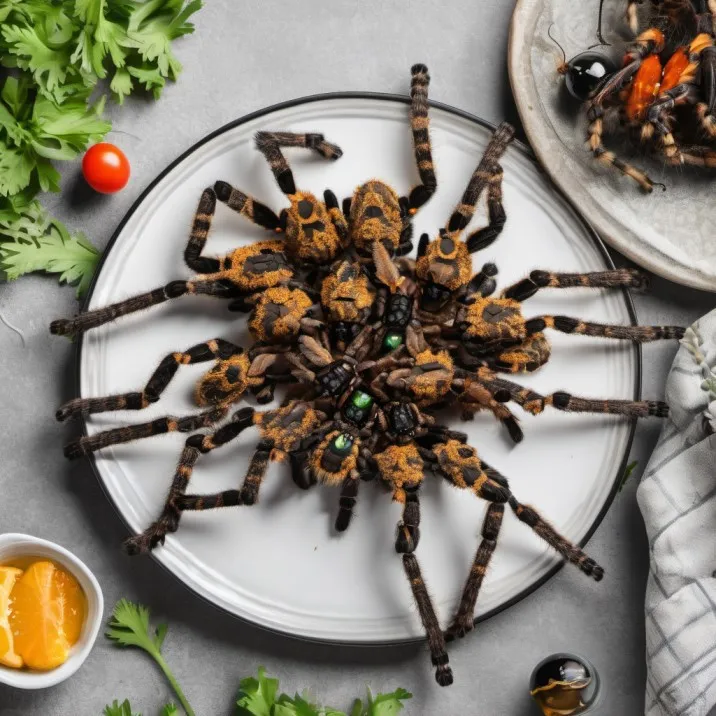
Live insects are the cornerstone of a tarantula’s diet, mimicking their natural feeding behavior in the wild. The movement of live prey stimulates the tarantula’s hunting instincts, making mealtime more engaging and natural. There are several types of insects that are suitable as food, and each offers different nutritional benefits. When selecting insects, it’s important to ensure they are gut-loaded, meaning they have been fed a nutritious diet themselves before being offered to your tarantula. This process ensures the tarantula receives a greater amount of vitamins and minerals. Let’s explore the top insect choices for feeding your tarantula.
Crickets as a Staple
Crickets are perhaps the most common and readily available food source for tarantulas. They are easy to obtain from pet stores and are generally affordable. Crickets provide a good source of protein and are readily accepted by most tarantula species. They are relatively easy to handle and introduce into the tarantula’s enclosure. The size of the crickets should be appropriate for the size of your tarantula, ensuring the prey is manageable. Gut-loading crickets before feeding them to your tarantula is essential to maximize their nutritional value. This can be done by feeding them a diet rich in fruits, vegetables, and commercial cricket feed for at least 24 hours before offering them to your tarantula.
Pros and Cons of Crickets
Crickets are an excellent staple food, offering a good balance of nutrients and accessibility. However, there are some potential drawbacks to consider. Crickets can sometimes be noisy, especially when kept in large numbers. They can also be difficult to contain, escaping from their enclosure and potentially bothering you. Crickets have a relatively short lifespan, so they need to be purchased frequently to maintain a consistent food supply. Another potential downside is that some crickets may carry parasites or diseases, emphasizing the importance of purchasing from reputable sources and gut-loading them. Despite these considerations, crickets remain a highly popular and effective food source for tarantulas.
Roaches as a Protein Source
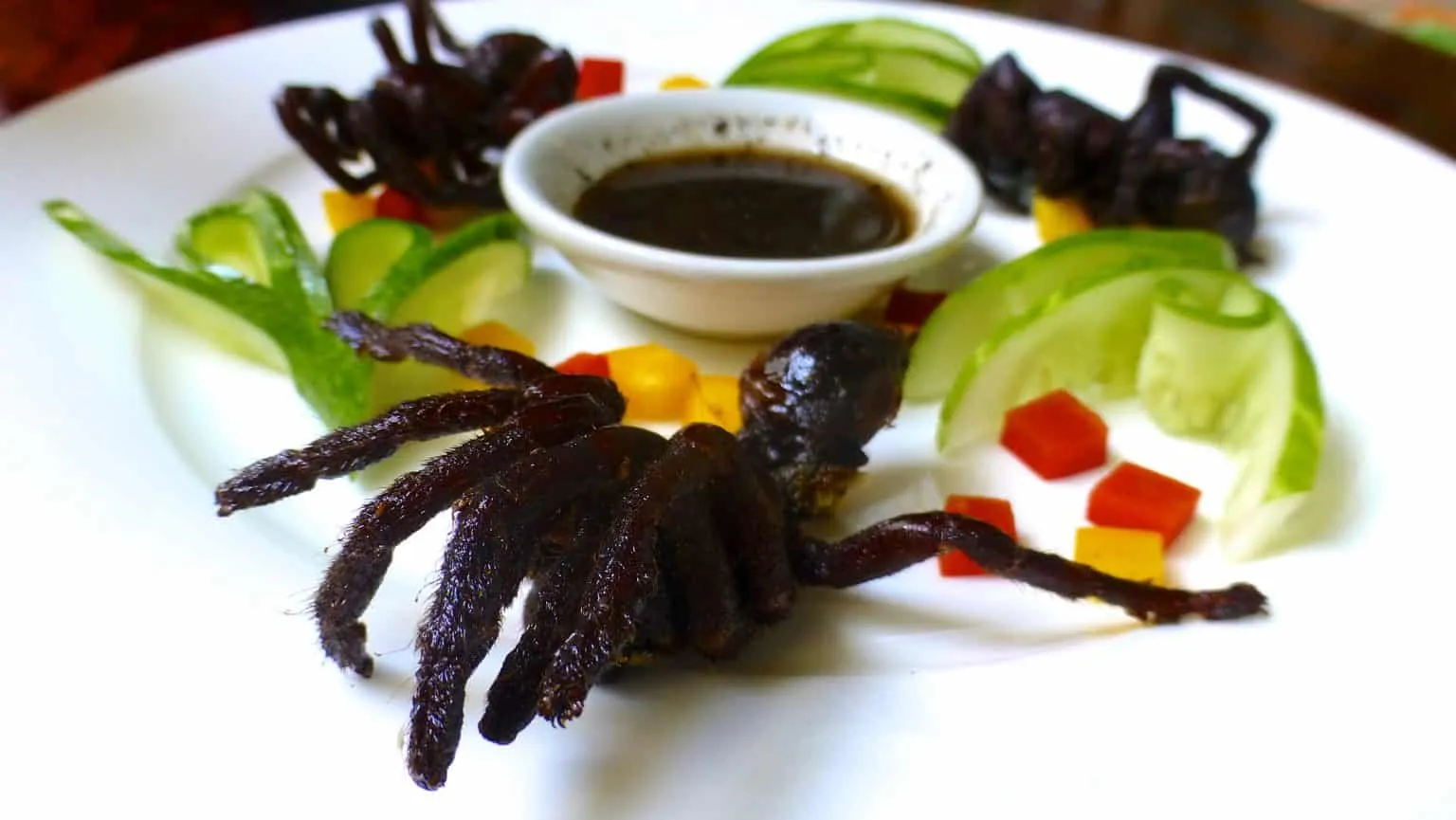
Roaches, such as Dubia roaches and hissing cockroaches, are an excellent protein source for tarantulas. They are generally more nutritious than crickets, offering a higher protein-to-chitin ratio. Roaches are also less likely to escape and can be kept in colonies, making them a more convenient food source than crickets. They are relatively quiet and do not produce the same chirping noise as crickets. Roaches are also slower moving than crickets, making them easier for tarantulas to catch, especially for younger or slower-moving species. Roaches can also be gut-loaded, similar to crickets, to maximize their nutritional value.
Benefits of Using Roaches
Roaches are a superior food source due to their high nutritional value, ease of handling, and ability to be kept in colonies. Dubia roaches, in particular, are a popular choice, known for their high protein content and ability to thrive in captivity. They are also less prone to diseases and parasites compared to crickets, making them a safer choice. Roaches have a longer lifespan than crickets, reducing the frequency of needing to purchase food. These attributes make them a better food choice for many tarantula owners. Regularly feeding with roaches can contribute to the tarantula’s growth and overall health, fostering a strong and thriving pet.
Mealworms and Superworms
Mealworms and superworms are another readily available food source for tarantulas. They are the larval stage of certain beetle species. These worms are high in protein and fat, providing a good energy source for your tarantula. They are easy to store and can be kept for several weeks in the refrigerator. Mealworms and superworms are less active than crickets and roaches, making them easy prey for tarantulas. They are particularly suitable for larger tarantula species and spiderlings. However, it’s important to note that mealworms and superworms have a tough outer exoskeleton, which can be difficult for younger tarantulas to digest, so offering them in moderation is best.
Nutritional Value and Availability
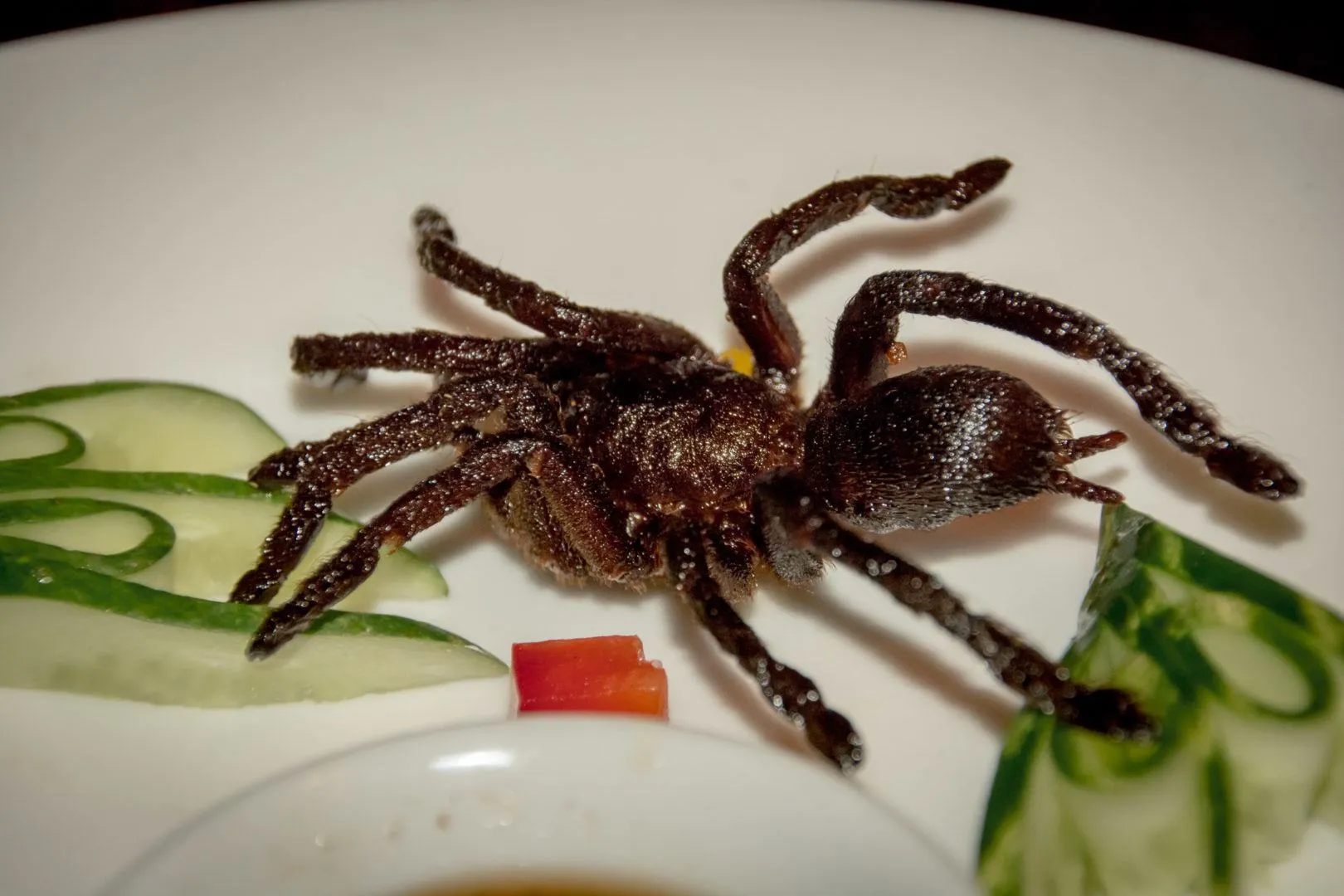
Mealworms and superworms offer a concentrated source of protein and fat. While they are a good addition to a tarantula’s diet, they should not be the primary food source. They are readily available at most pet stores. Mealworms and superworms are relatively inexpensive and easy to store, making them a practical option. Their high-fat content means they are best offered in moderation, especially for tarantulas that are already well-fed. Gut-loading mealworms before feeding them can enhance their nutritional value. Consider them a supplement to a more varied diet consisting of roaches and crickets.
Other Food Options
While insects are the primary food source, there are other options to consider, but these should be offered sparingly and with caution. These alternative foods can add variety and provide additional nutrients, but should not replace the mainstays of a tarantula’s diet. The key is to provide the best balance to ensure the overall health and well-being of your pet tarantula.
Pinky Mice Occasional Treat
Pinky mice (newborn mice) can be an occasional treat for larger tarantula species. They offer a high-protein source and can satisfy the spider’s hunting instincts. However, pinky mice should only be offered to adult tarantulas and only once in a while, as they are high in fat and can lead to obesity. Ensure the mouse is appropriately sized for your tarantula and that it is dead before offering it. Feeding live pinky mice to a tarantula can pose a risk to the spider if the mouse bites or injures it.
The Risks of Feeding Mammals
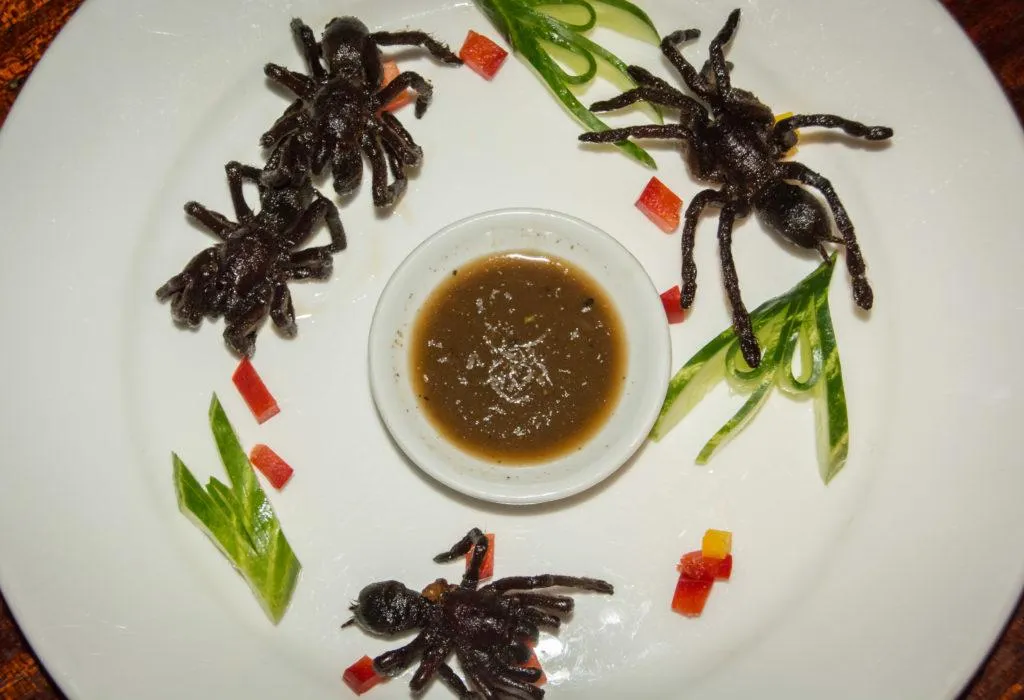
Feeding pinky mice carries some risks. Mice have a different nutritional profile than insects and can lead to an imbalance if fed too frequently. They are also higher in fat, which can lead to obesity in tarantulas. Moreover, pinky mice can sometimes harbor parasites, so it’s crucial to source them from a reputable supplier. In addition, the bones of the mice can pose a problem. Therefore, mice should be given very sparingly. If you choose to offer pinky mice, do so infrequently and always monitor your tarantula’s condition.
Fruit Flies for Spiderlings
For spiderlings (young tarantulas), fruit flies are an excellent food source. They are small, nutritious, and easy for the spiderlings to catch. Flightless fruit flies are particularly helpful. These tiny insects are readily available at pet stores and are simple to breed at home. They provide essential nutrients and are small enough for even the smallest tarantulas to consume. Regularly feeding fruit flies to spiderlings ensures their proper growth and development. They are a convenient and cost-effective way to provide the necessary food source for your growing tarantulas, ensuring they get the right start in life.
Supplemental Feeding
Beyond the main food items, supplemental feeding can contribute to a tarantula’s overall health. These supplements provide additional nutrients and can help to address specific needs. While not essential, these supplements can be beneficial for promoting optimal health. The following supplements can be included in the tarantula’s diet, but moderation is key.
Vitamin and Mineral Supplements

Vitamin and mineral supplements are available in powder form and can be dusted onto insects before feeding them to your tarantula. These supplements can help ensure your tarantula receives all the necessary vitamins and minerals, especially if the primary food sources are not gut-loaded. Calcium and vitamin D3 are particularly important for tarantulas, aiding in the development of their exoskeleton. Always follow the manufacturer’s instructions when using supplements, as over-supplementation can be harmful. Regular supplementation helps guarantee a well-rounded diet for your tarantula, boosting their health and overall well-being.
How to Ensure Proper Hydration
Proper hydration is critical for tarantula health, and it is closely linked to their diet. Tarantulas obtain most of their water from their food. You should also provide a shallow water dish in the enclosure. The water dish should be cleaned and refilled regularly to prevent contamination. Humidity levels should be maintained, which varies depending on the tarantula species. Misting the enclosure can also help to provide humidity, but it is essential to avoid over-misting, as this can lead to mold growth and other issues. A consistent supply of clean water and appropriate humidity levels contributes to the health and well-being of your tarantula, aiding its feeding habits.
Feeding Frequency and Amount
The frequency and amount of food you offer your tarantula depend on several factors, including its age, size, and species. It is important to adjust the feeding schedule according to these elements. Observing your tarantula’s behavior and body condition is essential to determine the appropriate feeding regimen. Overfeeding can lead to obesity and other health problems, while underfeeding can hinder growth and overall health. The best practice is to feed your tarantula a meal and then assess how much of it has been eaten. Also, the tarantula’s feeding response will indicate when the spider has lost interest in the food.
Factors Influencing Feeding
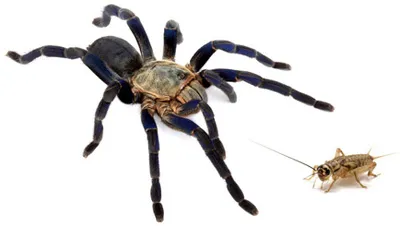
Several factors influence how often and how much you should feed your tarantula. The size of the tarantula is a primary consideration. Spiderlings and juvenile tarantulas require more frequent feedings than adults because they are growing rapidly. The species of tarantula also plays a role, as different species have different metabolic rates and dietary needs. Temperature and humidity also affect feeding, as tarantulas tend to eat less in cooler temperatures. Understanding these factors helps in creating an optimized feeding plan for your pet. Providing proper nourishment is crucial for their health, and will help your tarantula thrive.
How to Adjust Feeding Based on Size and Stage
Spiderlings and juvenile tarantulas should be fed more frequently, about every 2-3 days, offering appropriately sized insects. As they grow, the feeding frequency can be reduced to once or twice a week. Adult tarantulas can be fed every 1-2 weeks, adjusting the portion size based on their body condition. If your tarantula refuses to eat, it may be in premolt (preparing to molt) or simply not hungry. Monitor your tarantula’s abdomen; a plump abdomen indicates it is well-fed, while a thinner abdomen suggests it may need more food. The best advice is to monitor your pet, and adjust the feeding accordingly. Proper nutrition and the right amount of food play a significant role in the tarantula’s health.
